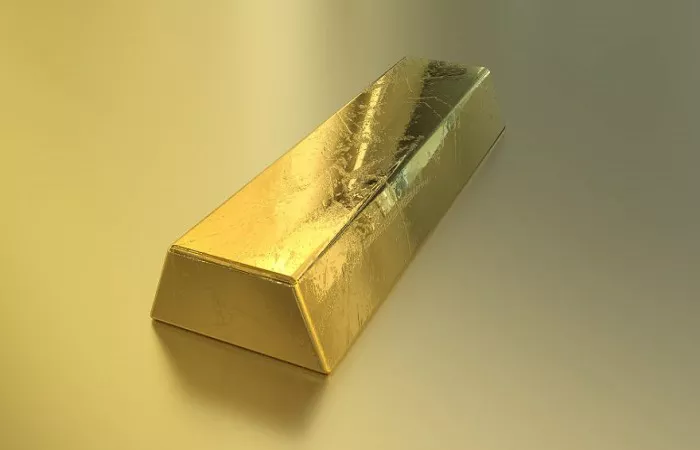India’s gold demand remained robust last month, with investment interest holding firm even as post-wedding season jewelry sales softened amid rising prices. Indians are increasingly monetizing their existing gold holdings, either by selling, exchanging old jewelry, or leveraging gold as collateral.
As the world’s second-largest gold market after China, India saw domestic gold prices rise by about 1 percent in May, followed by an additional 4 percent gain in the first half of June. Year-to-date, gold has surged over 30 percent in rupee terms.
Jewelry Demand Softens, Investment Demand Strengthens
According to the World Gold Council, jewelry demand in India was subdued as the wedding season ended, with buying largely limited to essential needs. Despite more foot traffic in stores due to moderating prices in May, overall demand remained underwhelming. However, anecdotal reports suggest that many Indians are liquidating or exchanging old gold pieces, supported by recent easing of gold loan regulations by the Reserve Bank of India. Gold loans from commercial banks jumped nearly 120 percent year-on-year as of April.
On the other hand, demand for physical gold investments—coins and bars—remained strong, particularly for smaller denominations under 10 grams, driven by positive price momentum and expectations of further price rises. Coins and bars now account for approximately 30 percent of Indian consumer gold demand.
Growing Interest in Gold ETFs
Indian gold-backed exchange-traded funds (ETFs) saw inflows in May after two months of outflows, adding 0.2 tonnes of metal and increasing assets under management by around $34 million. The total holdings by Indian-based gold funds stand at 64.65 tonnes. Investor participation expanded with 220,000 new accounts and a 38 percent increase in ETF folios this year, indicating broadening interest in gold as a financial asset.
While ETFs offer investors exposure to gold prices, they do not confer ownership of physical metal, but rather shares in a trust holding the gold.
Cultural and Economic Significance of Gold in India
Gold remains deeply embedded in India’s culture, with strong demand linked to weddings, religious rituals, and festivals. Approximately two-thirds of Indian gold demand comes from rural areas, where many transactions occur outside the formal tax system. Unlike in the West, where gold is often considered a luxury, gold is viewed as a crucial store of wealth across income levels in India.
A 2018 survey found that 87 percent of Indian households own gold, including more than 75 percent of families in the lowest income bracket. The metal has served as a financial lifeline during economic challenges, such as the COVID-19 pandemic, when lockdowns and tight credit led many Indians to use gold to secure loans or sell their holdings to meet financial needs.
Related topics:
- India Surpasses China in Gold Purchases, Buying 51% More in Three Months
- Qilu Bank Enhances Support for Small Businesses with Innovative Financial Tools
- Bitcoin Poised for a Surge Amid Gold’s Delivery Delays, Expert Claims


